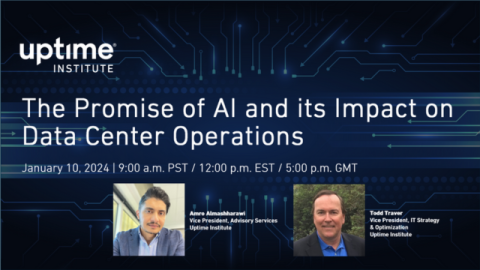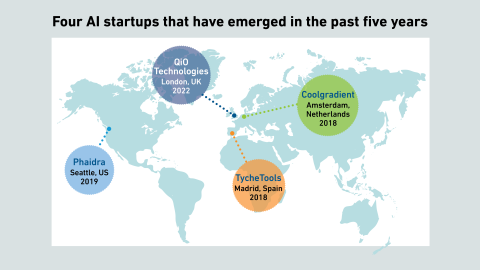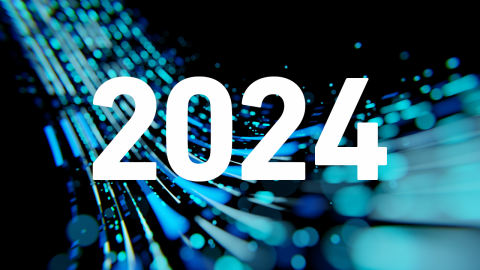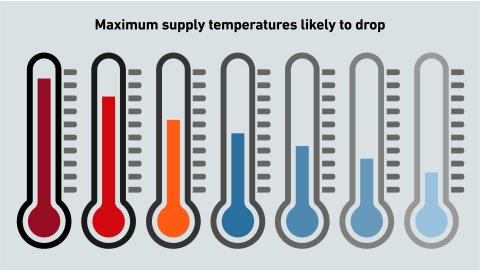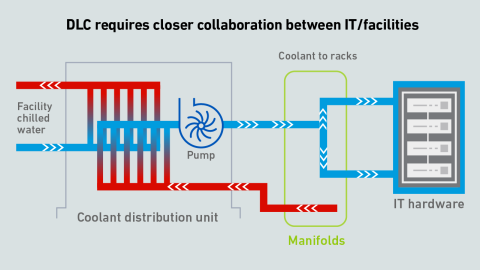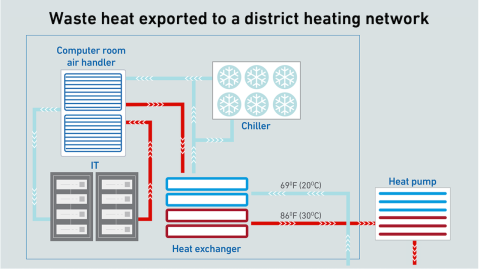Underwater data centers promise to be both economical and sustainable. The prerequisite densification of infrastructure and unmanned operations may only suit specific workloads, but lessons learned under water may influence land facilities.
filters
Explore All Topics
Adoption of direct liquid cooling (DLC) continues to grow slowly, according to recent Uptime research. However, more operators are considering it for future use due to mounting thermal management and sustainability challenges.
Refrigeration’s history of progress is also a history of environmental concern. Whenever new refrigerants solve a problem, they create further crises down the line — and now history appears to be repeating itself.
The 2024 Uptime Institute Cooling Systems Survey (n=964) explores the adoption, usage, and benefits of various cooling systems in the data center. The attached data files below provide full results of the survey, including data cuts based on…
Air-assisted direct liquid cooling systems offer trade-offs that make them attractive to operators looking to address server cooling and rack density challenges — and are relatively easy to install and maintain.
In this Webinar, the Uptime Intelligence team looks beyond the obvious trends of 2024 and identifies some of the latest developments and their associated limitations.
The industry is touting AI as a highly useful tool for data center operations. In this Webinar, Uptime executives discuss the most appropriate AI systems for data center controls and efficiency, along with what works best - and why.
Pressure to improve data center efficiency and sustainability is driving interest in artificial intelligence (AI) technologies. Several startups aim to deliver new capabilities in IT power management and cooling optimization.
Uptime Intelligence looks beyond the more obvious trends of 2024 and identifies some challenging issues. Strong IT demand, high-density IT systems and tough sustainability requirements will drive a new wave of investment.
As operators deploy cold plate and immersion cooling, the cost or operational efficiency benefits are bound to disappoint. DLC alone will not bring the breakthrough in energy or sustainability performance the industry needs.
Thermal trends in server silicon will challenge assumptions that underpin efficiency and sustainability expectations around DLC. Limited visibility of future server cooling requirements means operators can only make an educated guess.
DLC promises attractive thermal performance and economics, but data center operators looking to adopt it will need to examine how they define and uphold their resiliency standard as product designs and resiliency guidance evolve.
Recovery of data center waste heat is garnering renewed interest for its sustainability credentials. This report investigates these initiatives and looks at their impact both on efficiency and cost.
The Uptime Institute Cooling Systems Survey 2023 collects data on experiences with Direct Liquid Cooling from data center operators, as well as their objectives and concerns.
This Q&A brings together contributor questions and expert answers relating to Uptime Institute Intelligence’s Five data center predictions for 2023 report.
 Jacqueline Davis
Jacqueline Davis

 Douglas Donnellan
Douglas Donnellan
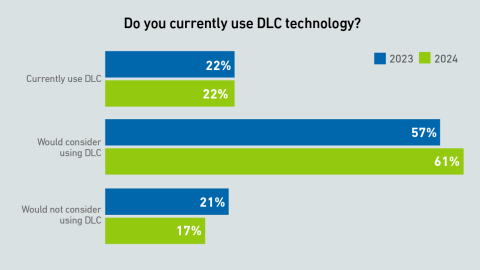
 Daniel Bizo
Daniel Bizo
 Rosa Lawrence
Rosa Lawrence
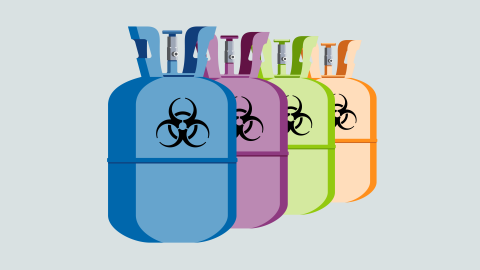
 Anthony Sbarra
Anthony Sbarra
 Laurie Williams
Laurie Williams
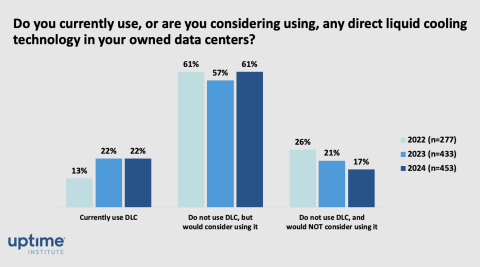
 Jabari Williams-George
Jabari Williams-George
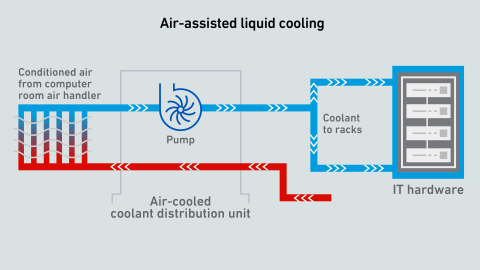
 Andy Lawrence
Andy Lawrence
 Max Smolaks
Max Smolaks
 John O'Brien
John O'Brien

 Todd Traver
Todd Traver
 Amro Almashharawi
Amro Almashharawi
